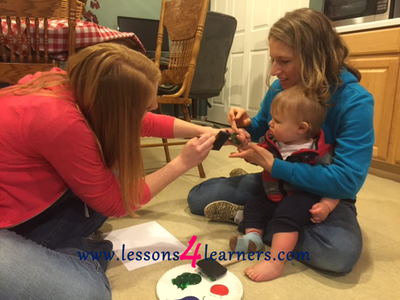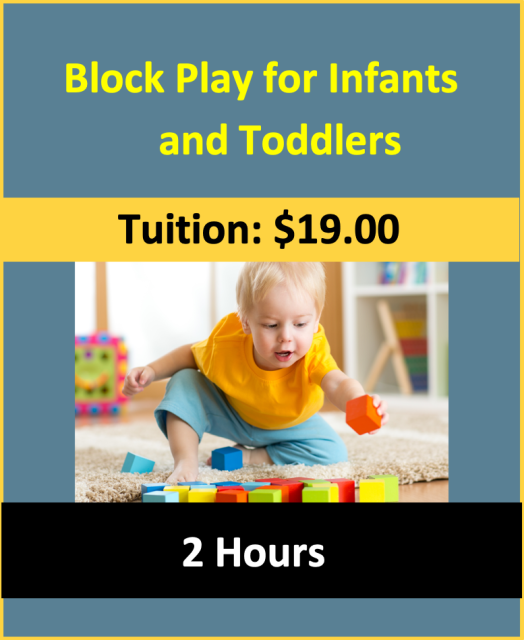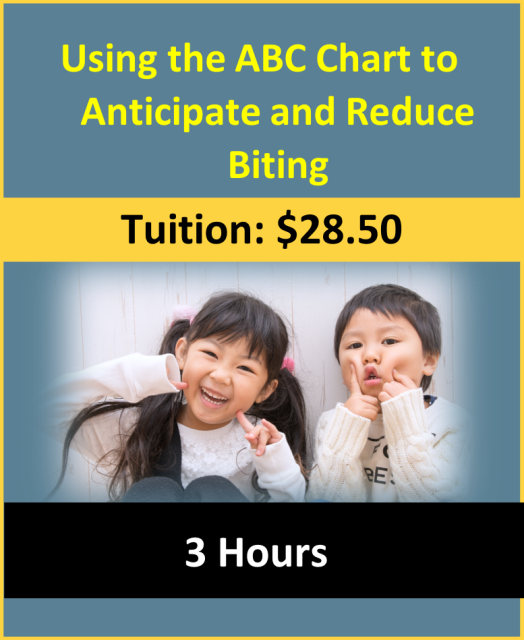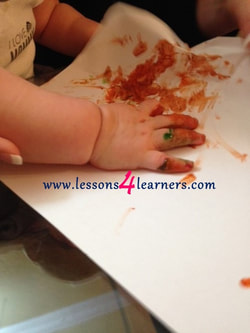Caterpillar Hands
Lesson Plan:Activity: Caterpillar Hands
Lesson plan developed by Ms. Erika Geelhoed, BA Ed Age Group:
Young Infants * Lesson plan objective and assessment can be adapted to use this activity with mobile infants, toddlers or preschoolers.
Objectives:
|
II.4.3a
- Activities and materials encourage children to develop their senses.
a) Sight, sound, smell, taste and touch experiences are encouraged through a variety of developmentally appropriate materials and activities
Materials:
|
Click on the photos to enlarge.
|
Procedure:
Sit in a comfortable place such as a rocking chair with the infant on your lap. Hold the book so the infant can see it. Then turn the pages and point out the characteristics of each picture. Initially, use only the first picture, and then talk more about each picture.
Read the story as you are able, according to the infant's contentment. If the child loses interest, then save the activity and come back to it at another time. When finished, begin the art project. Start by painting the palm of the child’s hand green (this will be the body) and their fingers blue (these will be the legs). Press painted hands onto paper. Repeat 4-5 times for each section of the body. With a clean hand, paint their palm red this time to make the head. Let dry. Use yellow paint and a clean finger to make the outer portion of the eyes. Do this again with green paint and a smaller finger to make the inner portion. Use brown paint and one last clean finger to make antennae. Assessment:
|
Click on the course icon for enrollment information.
Open-Ended Art
Infants use their senses to explore the world around them. Their glances and gropes might seem random, but their grabs, lunges and attempts to speak are reflective of brain development taking place. Having a project on the lesson plan will often fulfill your classroom planning requirements, and occasionally it is fun to have something to share with parents that has a visible outcome.
Be sure to engage an infant's senses of vision and touch with open-ended art activities. Babies and toddlers learn the most from “open ended” experiences. Open-ended art is having no expectations about the product; it’s all about the process. The focus then is not trying to achieve a predetermined outcome, but instead exploring materials and experimenting with the process of creation. The final outcome might be based on an idea or it might be abstract. Open ended art is all about free choice, discovery, problem solving and imagination!
Yes, a printable or “project” has it’s developmental assets but in the early years open ended art experiences will give the baby ownership of their learning because they are in charge of the ideas and concepts which will emotionally invest them and motivate them try again and again!
Be sure to engage an infant's senses of vision and touch with open-ended art activities. Babies and toddlers learn the most from “open ended” experiences. Open-ended art is having no expectations about the product; it’s all about the process. The focus then is not trying to achieve a predetermined outcome, but instead exploring materials and experimenting with the process of creation. The final outcome might be based on an idea or it might be abstract. Open ended art is all about free choice, discovery, problem solving and imagination!
Yes, a printable or “project” has it’s developmental assets but in the early years open ended art experiences will give the baby ownership of their learning because they are in charge of the ideas and concepts which will emotionally invest them and motivate them try again and again!











